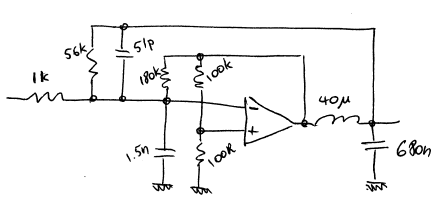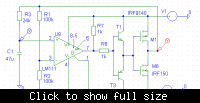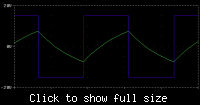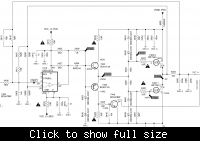jony130
Full Member level 3

self oscillating class d
Here is the simplified schema of a self-oscillating class D amplifier.

Can anyone explain it to me how this circuit work.
Maybe some intuitive approach help me understand this circuit.
Here is the simplified schema of a self-oscillating class D amplifier.

Can anyone explain it to me how this circuit work.
Maybe some intuitive approach help me understand this circuit.








